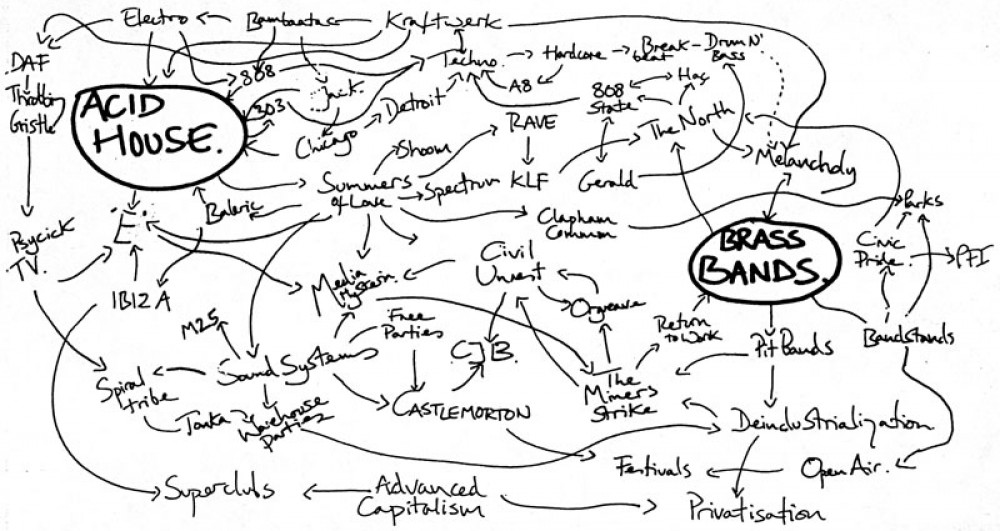We had a guest lecture this week from the awesome Eliza Angyanwe, freelance writer and commissioning editor. Among many other things we discussed the dawn of ‘open’ or ‘citizen’ journalism; a paradigm shift which is explained by this rather nice animation…
…and this Storify. Some of the key words and phrases from the Storify that really pop for me are participation, formation of communities of interest, attempts to reflect diversity, striving for transparency. Eliza stressed the importance of editors commissioning stories that reflect the realities of their readership; not what they think their readers should be reading.
The citizen journalism model has embraced (some might say co-opted) the blogging world; with ‘ordinary’ people writing about what they know and being globally platformed…for not much remuneration. The implication of course is to wonder how ‘professional’ journalists can compete, particularly as some of the best writing I have read in the last year or so has been on blogs.
The blogs I read the most are written by people who are outside mainstream journalism; whose realities are definitely not reflected by the negative, shaming narratives forced on them by the media. They are written by people with disabilities, transgender people, people involved in sex work. People who are marginalised, criminalised and denied a platform by society, and their writing is articulate, passionate and humorous in equal measures. The bloggers I follow tend to be active across multiple social medias, and following them has opened my eyes to the value of the (sometimes) neutral and egalitarian platform that social medias provide for us to shout from. From change.org to the No More Page 3 campaign (whatever you might think of that; and what I think about it might just surprise you), @ is for activism.
Anger Is An Energy
